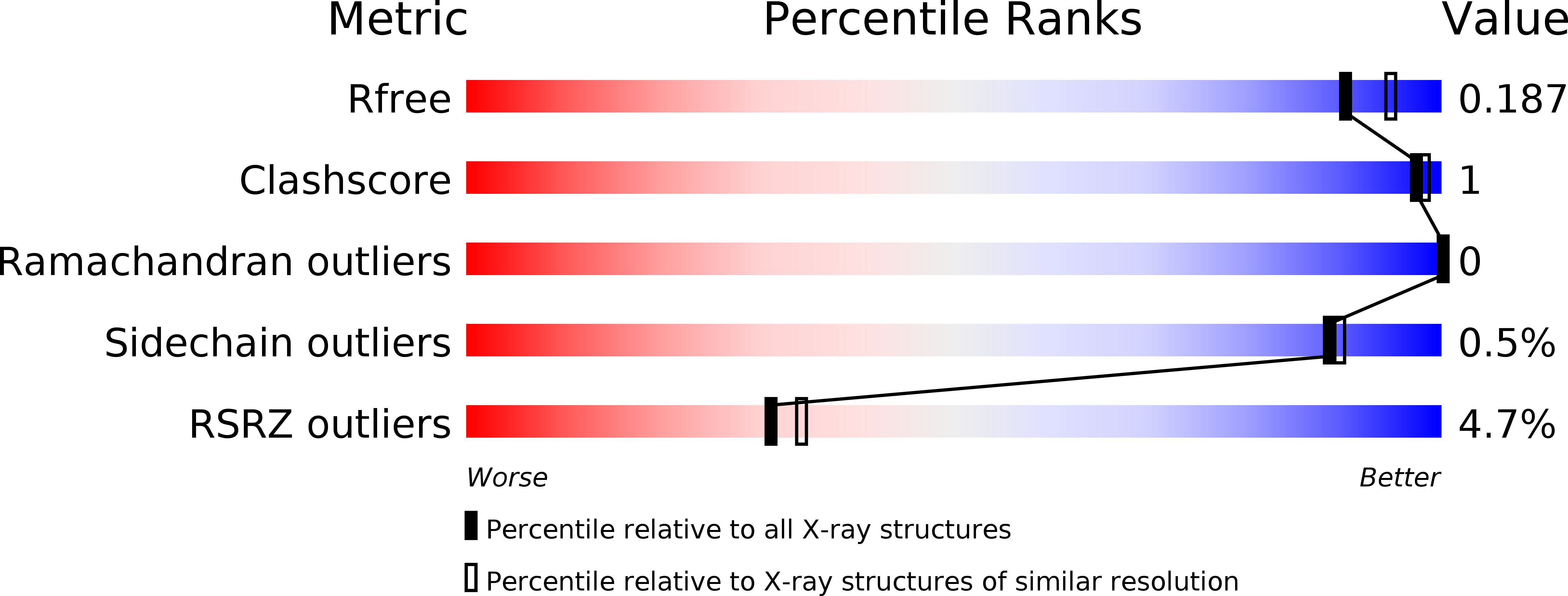
Deposition Date
2020-03-19
Release Date
2020-09-09
Last Version Date
2024-10-09
Entry Detail
PDB ID:
7BOP
Keywords:
Title:
Crystal Structure of Core-mannan synthase A (CmsA/Ktr4) from Aspergillus fumigatus, Mn/GDP-form
Biological Source:
Source Organism:
Host Organism:
Method Details:
Experimental Method:
Resolution:
1.90 Å
R-Value Free:
0.18
R-Value Work:
0.16
R-Value Observed:
0.16
Space Group:
C 2 2 21


